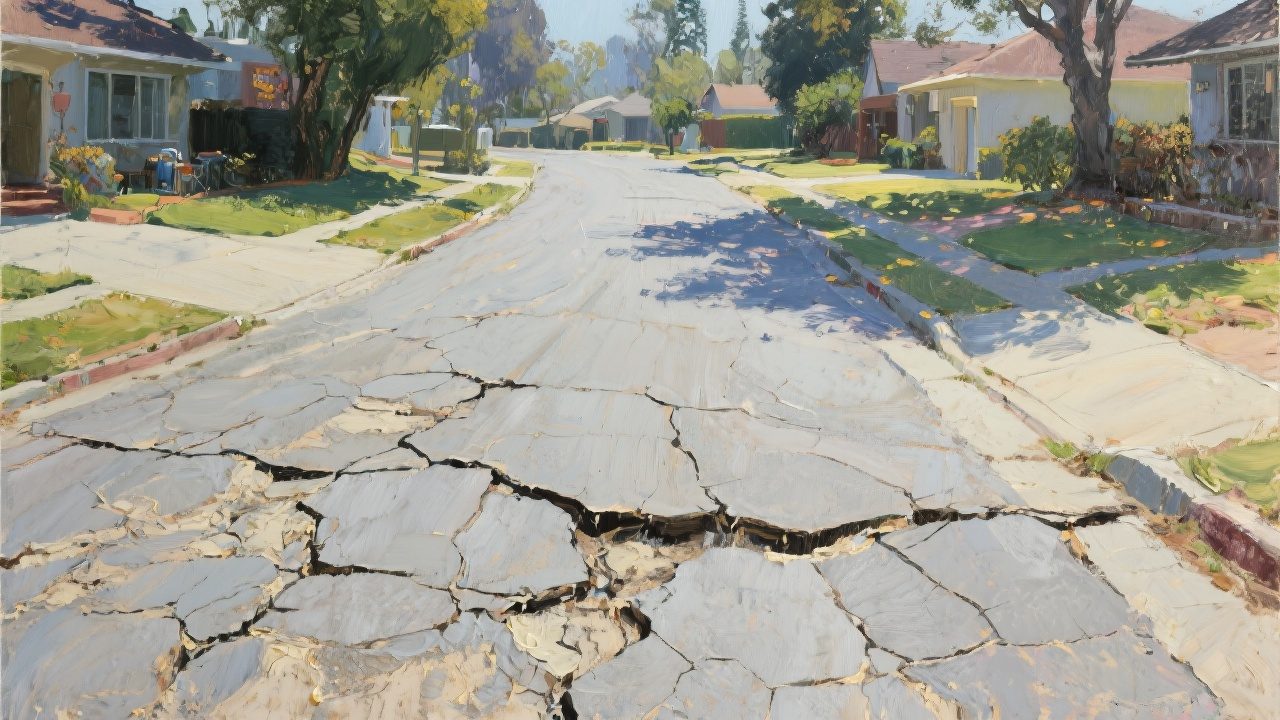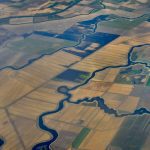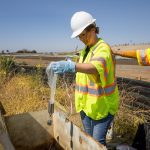- Central Valley homes lose up to 5.8% of value due to subsidence.
- Estimated $1.87 billion in property value lost from 2015–2021.
- High-subsidence areas see average home value drop by $16,165.
- Damage linked to groundwater over-pumping during droughts.
Friday, August 15, 2025 — The University of California, Riverside released a first-of-its-kind study showing that land subsidence—the gradual sinking of the earth’s surface—has directly reduced property values across California’s Central Valley. Researchers found that homes in affected areas sold for 2.4% to 5.8% less than similar homes elsewhere, amounting to an estimated $1.87 billion in lost housing value between 2015 and 2021.
released a first-of-its-kind study showing that land subsidence—the gradual sinking of the earth’s surface—has directly reduced property values across California’s Central Valley. Researchers found that homes in affected areas sold for 2.4% to 5.8% less than similar homes elsewhere, amounting to an estimated $1.87 billion in lost housing value between 2015 and 2021.
The study , published on July 31, 2025, examined nearly 200,000 home sales in eight San Joaquin Valley counties, combining detailed sales data with satellite-based radar measurements of land movement. Areas with the most severe subsidence saw an average home value drop of $16,165, while even low-subsidence zones lost about $6,689 per home.
, published on July 31, 2025, examined nearly 200,000 home sales in eight San Joaquin Valley counties, combining detailed sales data with satellite-based radar measurements of land movement. Areas with the most severe subsidence saw an average home value drop of $16,165, while even low-subsidence zones lost about $6,689 per home.
How Groundwater Pumping Causes the Problem.
Subsidence occurs when underground clay and silt layers compact after groundwater is pumped faster than it can be replenished. Researchers liken it to squeezing a sponge and never letting it reabsorb water. Once compacted, the land’s ability to store water is permanently reduced.
The San Joaquin Valley, one of the world’s most productive farming regions, relies heavily on groundwater, especially in drought years. When surface water deliveries drop, farmers pump more from aquifers, accelerating land subsidence. This has damaged canals, roads, and other infrastructure, while also reducing aquifer storage capacity needed for future drought resilience.
Economic and Social Impacts.
Lead author Mehdi Nemati, an assistant professor of environmental economics and policy, noted that the findings highlight a rarely measured cost of groundwater overuse: its effect on homeowners. Falling property values can make it harder for families to build equity, especially when the cause—land subsidence—is beyond their control.
Co-author Ariel Dinar emphasized that the issue extends beyond agriculture and environmental concerns, calling it “a serious economic issue that affects families and communities.”
The study found that market impacts were greatest in communities with higher education levels and in places where subsidence was a new or growing concern, suggesting that awareness of land instability influences buyer behavior.
Potential Policy Responses.
California’s 2014 Sustainable Groundwater Management Act requires local agencies to balance groundwater withdrawals and replenishment by the 2040s. The study suggests that putting a dollar figure on subsidence damage could help justify investments in mitigation, such as managed aquifer recharge or restrictions on pumping.
With nearly $2 billion in home equity already lost in just six years, researchers warn that inaction will continue to erode both land and wealth in the Central Valley.
Citation:
Impact of Land Subsidence on Housing Sale Values
Mehdi Nemati, Michelle Sneed, Ariel Dinar
Land Economics Jul 2025, 092324-0083R; DOI: 10.3368/le.102.1.092324-0083R



